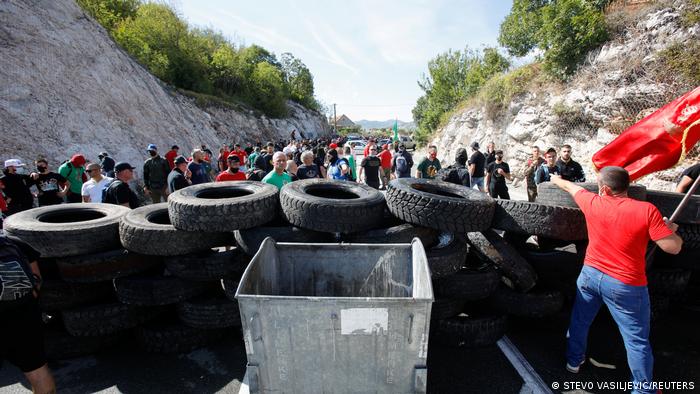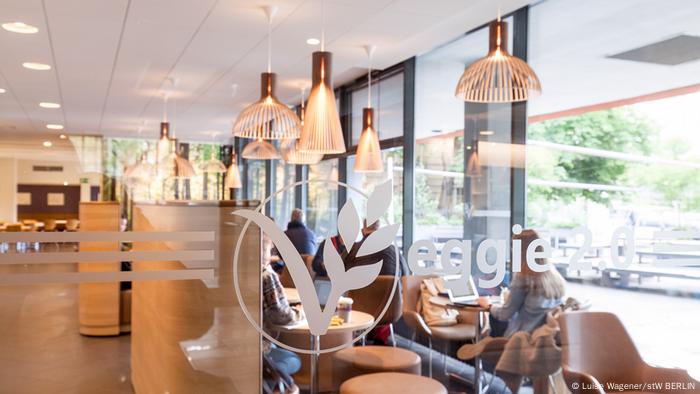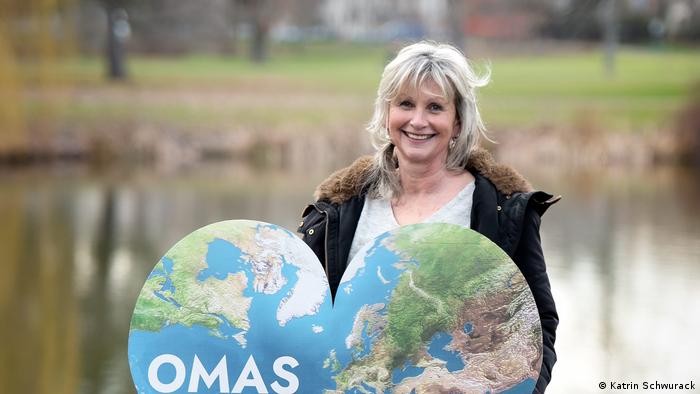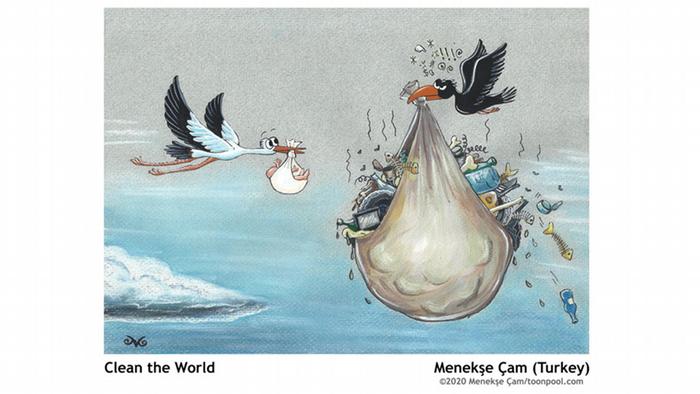A PUBLIC GOOD PRIVATIZED
U.S. Power Grid Is At Risk Of Catastrophic Failure
Future electricity systems must be made more resilient
Prolonged blackouts in Louisiana following Hurricane Ida are a reminder the power grid needs to become more resilient as well as reliable if even more services such as electric vehicles are going to depend on it in the future.
The electricity system is already directly responsible for providing a wide range of energy services in homes, offices, and factories, including space heating, air-conditioning, cooking, refrigeration, and power. The grid is also at the heart of a collection of other critical systems, including oil and gas supply, water and sewerage, transport, communications, public safety, and healthcare, which cannot function properly without it.
In the future, the grid is likely to be responsible for the provision of even more energy services as policymakers push to electrify many remaining services as part of the strategy for achieving net-zero emissions.
But in the rush to electrify the entire energy system, policymakers may be inadvertently increasing the vulnerability of the economy and society in the event of a large-area, long-duration power failure.
Rather than several closely connected but separate systems for electricity, gas, oil, and transport, in the future there will increasingly be only one very tightly integrated system, increasing its vulnerability to catastrophic failure.
The risk created by linking formerly separate systems into a central system prone to a single point of failure has been understood for decades (“Brittle power: energy strategy for national security“, Lovins, 1982). In particular, the more tightly coupled systems become, the greater the risk an unanticipated problem in one part could cascade through the whole (“Normal accidents: living with high-risk technologies“, Perrow, 1999).
At present, blackouts render some services unavailable (lighting, power), but households and businesses may be able to use others (gas heating, gasoline vehicles). In the future, blackouts could disrupt substantially all energy services.
Grid Resilience
Policymakers will need to pay more attention to the reliability of the electricity system, minimizing the risk of blackouts occurring, usually by ensuring adequate generation is available and the system can absorb shocks. But even in a well-run system, some blackouts are inevitable, so policymakers will also have to pay more attention to resilience, ensuring in the event of failure, the system recovers quickly and adverse consequences are minimized.
“Enhancing the resilience of the nation’s electricity system“ was the focus of a major research study published by the U.S. National Academies of Sciences, Engineering, and Medicine in 2017.
Researchers identified a range of threats, including cyberattacks, drought, earthquakes, floods, hurricanes, ice storms, operational errors, physical attacks, tornadoes, space weather, tsunamis, volcanic eruptions, and wildfires. Most interruptions to the electricity are usually localized, last for only a few hours, and the results are typically inconvenient rather than critical.
Electricity users with critical needs, such as hospitals, police stations, and nuclear power plants, prepare for temporary interruptions by installing batteries or diesel-fueled generators.
Even so, 1% of diesel generators at nuclear power plants fail to start on-demand and 15% fail after 24 hours of continuous operation. Hospital generators fail to start 10% of the time. Home generators are even less reliable.
But large-area, long-duration interruptions to electric service occur much more frequently than most users assume, with much more serious consequences.
Massive Blackouts
In the last 40 years, North America has seen a series of large blackouts that have interrupted service to at least 10,000 megawatts of customer load, the equivalent to the entire peak power demand of New York City.
Major outages have included the Northeast blackout in August 2003 (70,000 MW of lost customer load), West Coast blackout in August 1996 (33,000 MW), Quebec’s geomagnetic storm in March 1989 (20,000 MW), the U.S./Canada ice storm in January 1998 (19,000 MW) and Superstorm Sandy in October 2012 (20,000 MW). In the aftermath of large-scale blackouts, many customers have had power restored within a few hours or a day or two, but some customers have been without power for a month or longer.
In the January 1998 ice storm, three out of the four major transmission lines in the Montreal area went off-line, and much of the city lost its water supply after its filtration plant and pumping stations lost power.
Officials considered evacuating the city or moving residents to facilities like Olympic Stadium. Disruptions rippled through food supply chains, transportation, communications, and other economic activities for weeks.
In the south shore area, which became known as the “triangle of darkness”, power remained out for two to three weeks. Grocery stores were unable to open or ran out of basic necessities, gas stations ran out of (or were unable to pump) fuel, and basic transport services were erratic.
Outside North America, the downtown area of Auckland, New Zealand, lost nearly all grid service for five weeks in the summer of 1998 when the four main cables serving the area failed in rapid succession.
Massive power grid failures are uncomfortably common and can leave hundreds of thousands or even millions of customers without electric service for weeks. The consequences will become even more severe in the future if more and more energy services are moved from other systems (such as gasoline, diesel, and natural gas) onto the electric grid.
Policymakers, regulators, and utilities must therefore focus on improving reliability and resilience at the same time as electrification and decarbonization to minimize the threat of catastrophic failure.
Grid Investment
Reliability and resilience are not the same, though they are often closely associated, and the National Academies’ study emphasized the need for more focus on resilience issues in utility planning.
Blackouts during the big freeze in Texas in February 2021 and the Northeast United States in August 2003 were primarily reliability failures, caused by the failure to manage generation properly. But the prolonged power outage expected in Louisiana and the ice storm in Quebec were primarily resilience failures.
Reliability and resilience failures are both low-frequency, high-impact events, which require expensive investments to reduce the expected consequences, making it hard to build support.
Boosting resilience often requires hardening transmission and distribution systems by undergrounding wires, replacing wooden poles with concrete ones, strengthening towers, stockpiling replacement transformers, and raising substations above potential flood levels.
More generally, electricity systems need to build in sufficient spare capacity and redundancy to make them more reliable and more resilient in the event that one or more components fail.
Different customers may put different values on reliability and resilience depending on their circumstances and depending on the length of the service interruption, which makes building a consensus even harder.
For example, hospitals and oil refineries may put a higher value on uninterrupted winter than a residential customer with a backup generator. Short interruptions may be tolerable while long ones are unacceptable.
Electricity suppliers often find it hard to convince regulators and customers of the need to increase bills – except in the immediate aftermath of a major failure when there may be a narrow window to secure funding for changes.
But if more energy services are to be moved onto the grid, much more will need to be invested in modernizing it to reduce the probability of failure and ensure service can be restored rapidly.
By John Kemp via Zerohedge




























